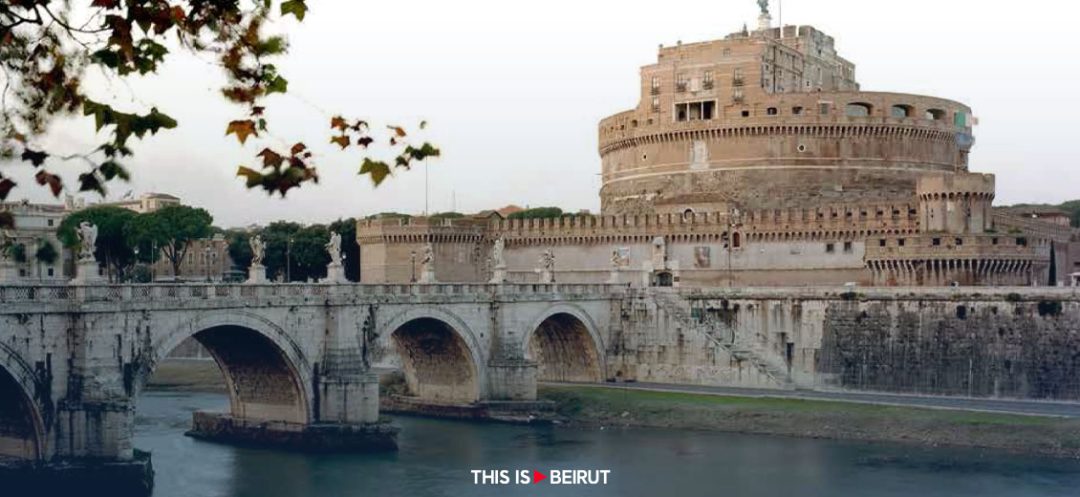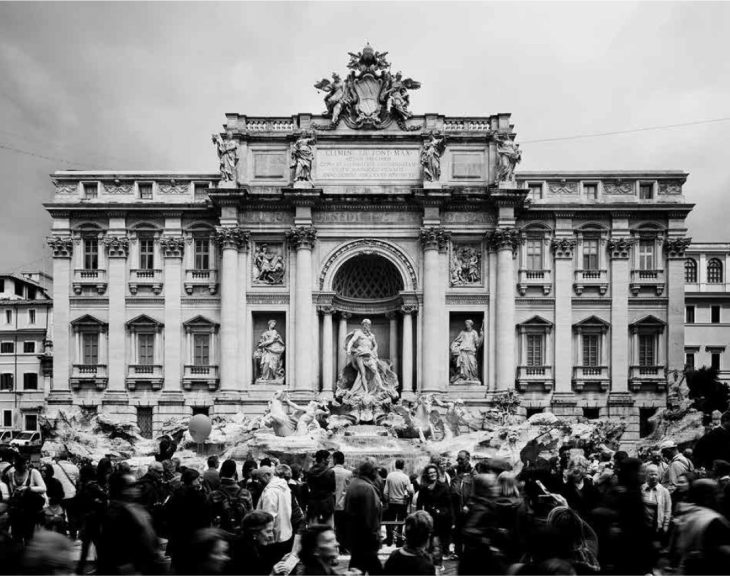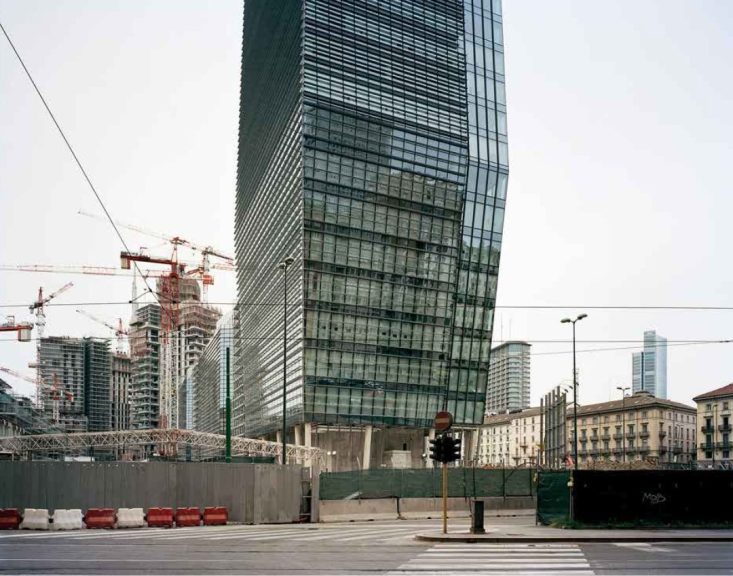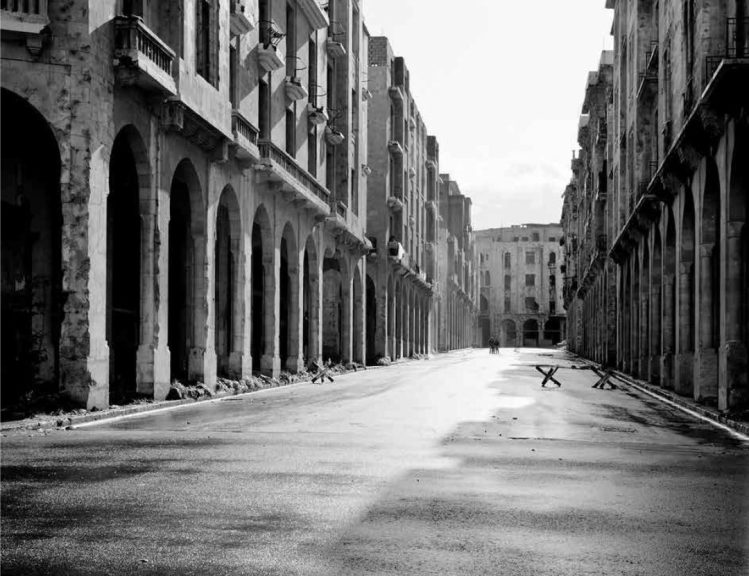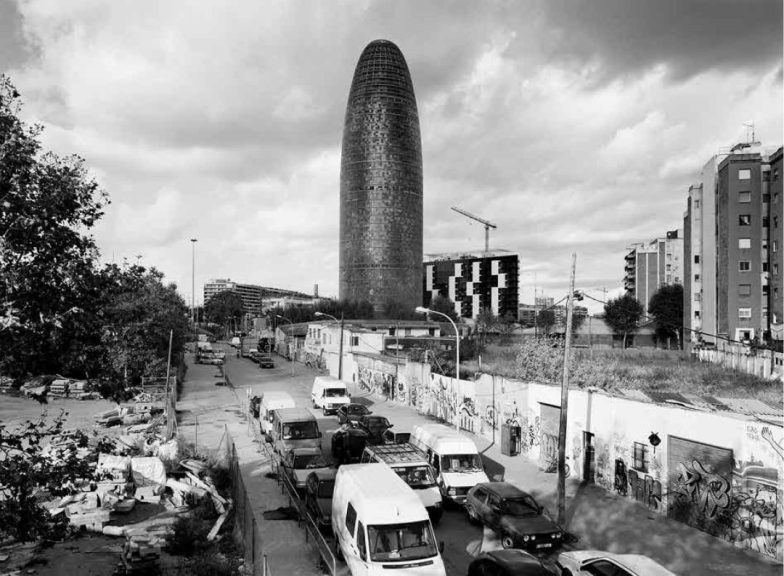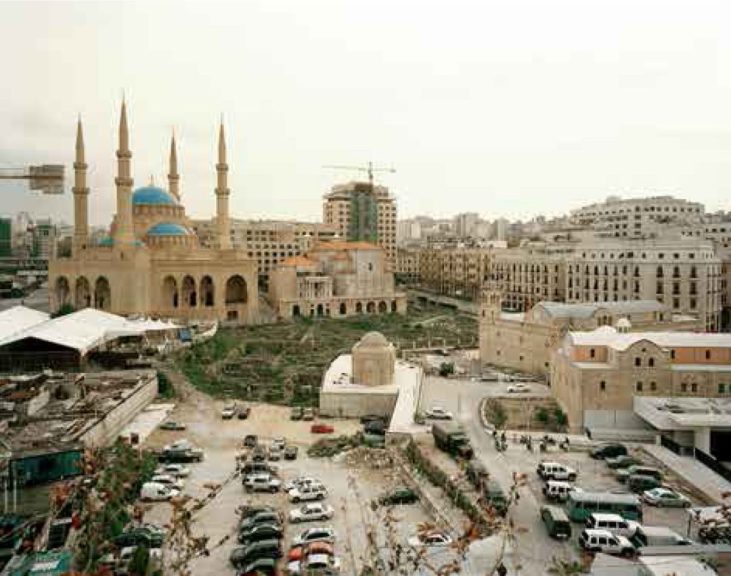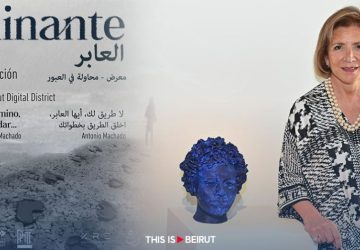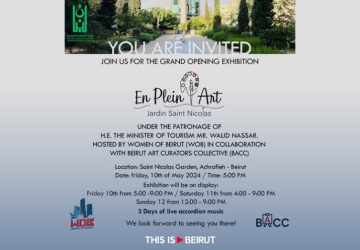Listen to the article
The Italian Cultural Institute, in collaboration with the Gabriele Basilico Archive and Beirut Art Center, has brought together a captivating exhibition titled “A City, A Tale” at the Beirut Art Center. The exhibition, which runs until April 6, 2024, showcases 57 photographic works by the internationally renowned photographer Gabriele Basilico, known for his images of the world’s great metropolises and his deep connection to Beirut.
Under the patronage of the Italian Embassy in Beirut, “A City, A Tale” offers a unique opportunity for the Lebanese public to explore Basilico’s artistic journey and his evolution from photojournalism to the study of urban landscapes. The carefully curated selection of works, most of which were chosen by the artist himself for a catalogue published by Phaidon Press in 2001, provides a comprehensive insight into Basilico’s vision and his fascination with the history of cities and the bonds of memory.
Gabriele Basilico (1944-2013) is among the most internationally renowned Italian photographic artists, with his work featured in prestigious museums worldwide and over 120 books and catalogues published to date. After graduating in architecture in 1973, Basilico took an increasingly analytical and in-depth look at industrial landscapes and urban areas, recording the mutations that mark the passage of time and characterize the inexorable process of anthropization, particularly in cities.
The exhibition traces Basilico’s artistic career, starting with Milano. Ritratti di fabbriche (Milan. Portraits of Factories), shot from 1978 to 1980 and exhibited at the Padiglione d’Arte Contemporanea in Milan in 1983. This solo exhibition established him as one of the most innovative figures on the national and international photographic scene in the early 1980s. The exhibition also features images produced for the photographic mission coordinated by DATAR (Délégation à l’Aménagement et à l’Action Régionale) on behalf of the French government, including some of his most famous photographs like Le Tréport — Mers les Bains and Ault, both captured in 1985.
Beirut holds a special place in Basilico’s work, as he visited the city four times between 1991 and 2011. Invited by the Hariri Foundation in 1991, just one year after the end of the devastating civil war, Basilico found the city in ruins. After an initial moment of confusion, he recorded the city’s wounds, producing some of his most famous photographs that reveal his clear, respectful and fair approach, made even more poignant by the dramatic nature of the place and events.
Basilico returned to Beirut in 2003, 2008 and 2011 for a new photographic mission, coordinated by Fouad Elkoury with Robert Polidori and Klavdij Sluban, to find a largely reconstructed city. In these later visits, Basilico introduced color photography, a departure from his earlier black and white works, and widened his gaze to encompass the architectural object, studying its forms and volumes while placing it in context through overlapping perspectives, light, shadow and signs of the present and history.
The exhibition also showcases Basilico’s work from other cities, such as Paris, Palermo, Barcelona, Porto, Bilbao, Naples and Berlin, where his obsessive search for formal balance and the transformation of photographs into documents that become artworks is evident. His 2007 campaigns in Moscow and San Francisco, where he was invited by the MoMA to photograph Silicon Valley, demonstrate a new awareness in his artistic practice, as choosing a point of view becomes the final act of an experience lived fully with generosity and respect for the place and its inhabitants.
During the inauguration ceremony, Angelo Gioè, the new director of the Italian Cultural Institute, emphasized the importance of Italian photography in the institute’s upcoming three-year program, stating that “starting with an artist who had a great love for Beirut and Lebanon seemed natural to us.” Giovanna Calvenzi Basilico, director of the Basilico Archive, expressed her appreciation for the Ministry of Foreign Affairs and International Cooperation’s policy of promoting contemporary art through its Cultural Institutes, highlighting the significance of presenting a retrospective of Basilico’s work in Beirut, a city to which the artist was particularly attached.
For Beirut Art Center, hosting “A City, A Tale” is a continuation of their commitment to fostering new channels of exchange and dialogue on local, regional and international levels. Reem Shadid, the Director of BAC, reflects on the exhibition’s significance, stating that “Basilico’s photographs of the world’s metropolises enrich our mission to offer visitors the space and time to disengage from the trials and tribulations of the daily spectacle in Beirut, while engaging with photographs that invite diverse imaginations and conversations around the role of the image and representation in relation to lived realities.”
“A City, A Tale” is a must-see exhibition for anyone interested in photography, urban landscapes and the power of art to bridge cultures and inspire new ways of seeing the world. The collaboration between the Italian Cultural Institute, Gabriele Basilico Archive and Beirut Art Center resulted in a truly remarkable showcase that promises to leave a lasting impression on all who experience it.

